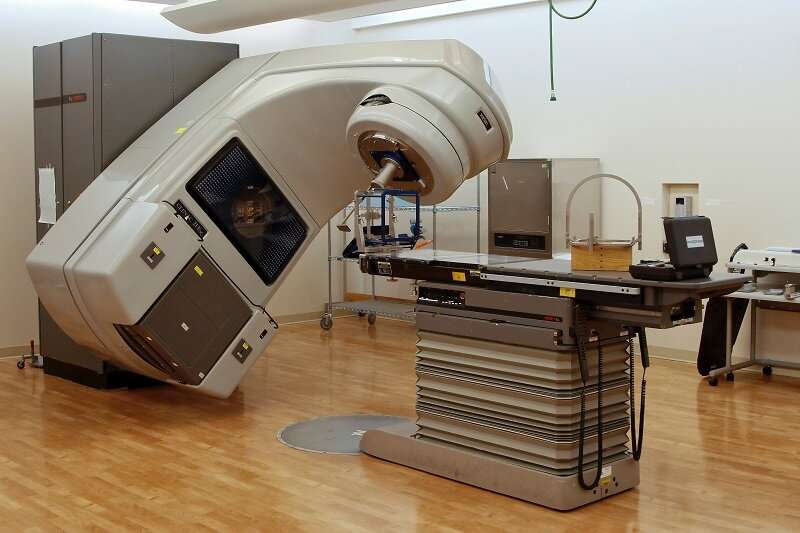A tool to boost cancer care access

Radiation therapy, or radiotherapy, is one of the pillars of curative oncology and plays a key role in providing better outcomes for patients with some of the most common cancers, like prostate or breast cancers. In high-income countries, over a half of all cancer patients receive radiation therapy to cure or control the disease, and sometimes for palliative care. However, many developing countries still face radiotherapy equipment shortages that compromise access to even basic or standard cancer care.
In a study led by Queen's and University of São Paulo (Brazil), researchers developed a new tool to help set priorities for radiotherapy infrastructure building: an index that combines information on linear accelerators (LINACs)—the primary technology used in radiation therapy—distribution, cancer incidence, and the distance patients need to travel to access radiotherapy services.
A pilot analysis was conducted using data from the public health system in Brazil. Results, published in The Lancet Oncology show that all Brazilian states have insufficient numbers of LINACs. "There is a national LINAC shortage: Brazil has 121 percent less than the required radiotherapy capacity," highlights Fabio Ynoe de Moraes, oncologist and assistant professor in Queen's Health Sciences, who led the study.
Although the situation is worse in Brazil's poorer regions, like Midwest, North, and Northeast, even states with stronger healthcare infrastructure face equipment shortages. Dr. Moraes was surprised to realize that only 30 percent of cancer patients in the São Paulo state, the wealthiest in Brazil, are receiving radiation therapy. "Literature suggests that 50–60 percent of patients should receive radiotherapy during their cancer journey," he says.
Another concerning result is that, because some states have little to no available equipment, patients often must travel long distances to access therapy. For instance, the data show some patients in Amazonas needed to travel an average of 3,841 kilometers to São Paulo to receive treatment.
The team hopes the analysis can assist in public health planning, prioritizing regions with the most need for radiotherapy infrastructure. "Connecting to decision makers and high-level politicians is our end goal now in Brazil, but we know how challenging it can be. We started by engaging some key stakeholders, like the Brazilian societies supporting oncology and NGOs, and distributing our results via our social media networks," says Dr. Moraes.
In addition to advocating for better cancer care in Brazil, Dr. Moraes and his colleagues also plan to use the same index to evaluate radiation therapy infrastructure in other countries, including Canada and the US.
"The problems of access and distribution of LINACS are not unique to Brazil," Dr. Moraes states, noting that even higher-income countries face challenges regarding equality in cancer care. Even in these nation access to LINACs, he believes, is usually uneven and tends to benefit wealthier patients.
In Canada, we see patients needing to travel hundreds of kilometers to reach a cancer care center, and treatments can be limited by patients' ability to access transportation or financial constraints. "If you consider that a standard radiotherapy treatment encompasses five to 35 visits to a cancer center, it will translate to thousands of kilometers traveled, and also expenses on gas, hotel, food, and parking," warns Dr. Moraes.
Accessing appropriate infrastructure, while fundamental for cancer care, is not all, and countries face additional challenges in guaranteeing long-term sustainability of radiation facilities, including training human resources, doing overtime maintenance and, when needed, upgrades. Regulatory, technical, and societal investments are also needed to expand access to radiation therapy, including, for instance, safety regulations, power supply chains, and meeting parking and road needs.
Dr. Moraes hopes that the new tool can be used to inform decisions regarding cancer care access worldwide. "We believe that the LS index can have a substantial impact on public health planning and investment not only in Brazil, but globally," he says.
More information: Gustavo A Viani et al, Prioritising locations for radiotherapy equipment in Brazil: a cross-sectional, population-based study and development of a LINAC shortage index, The Lancet Oncology (2022). DOI: 10.1016/S1470-2045(22)00123-1


















